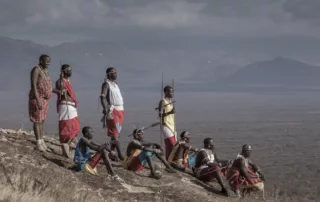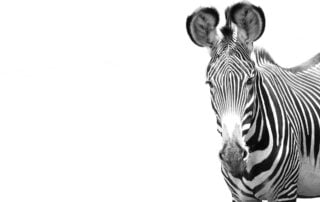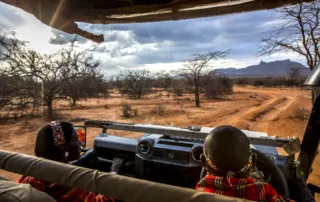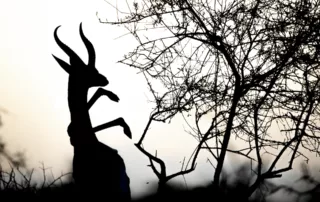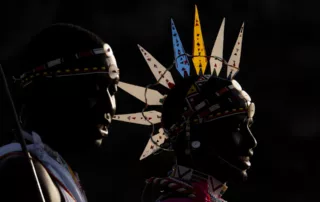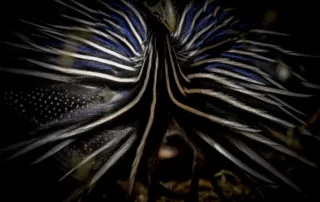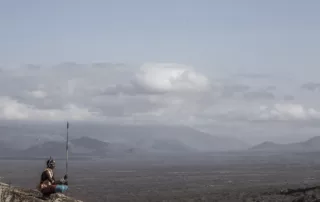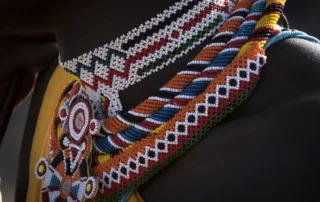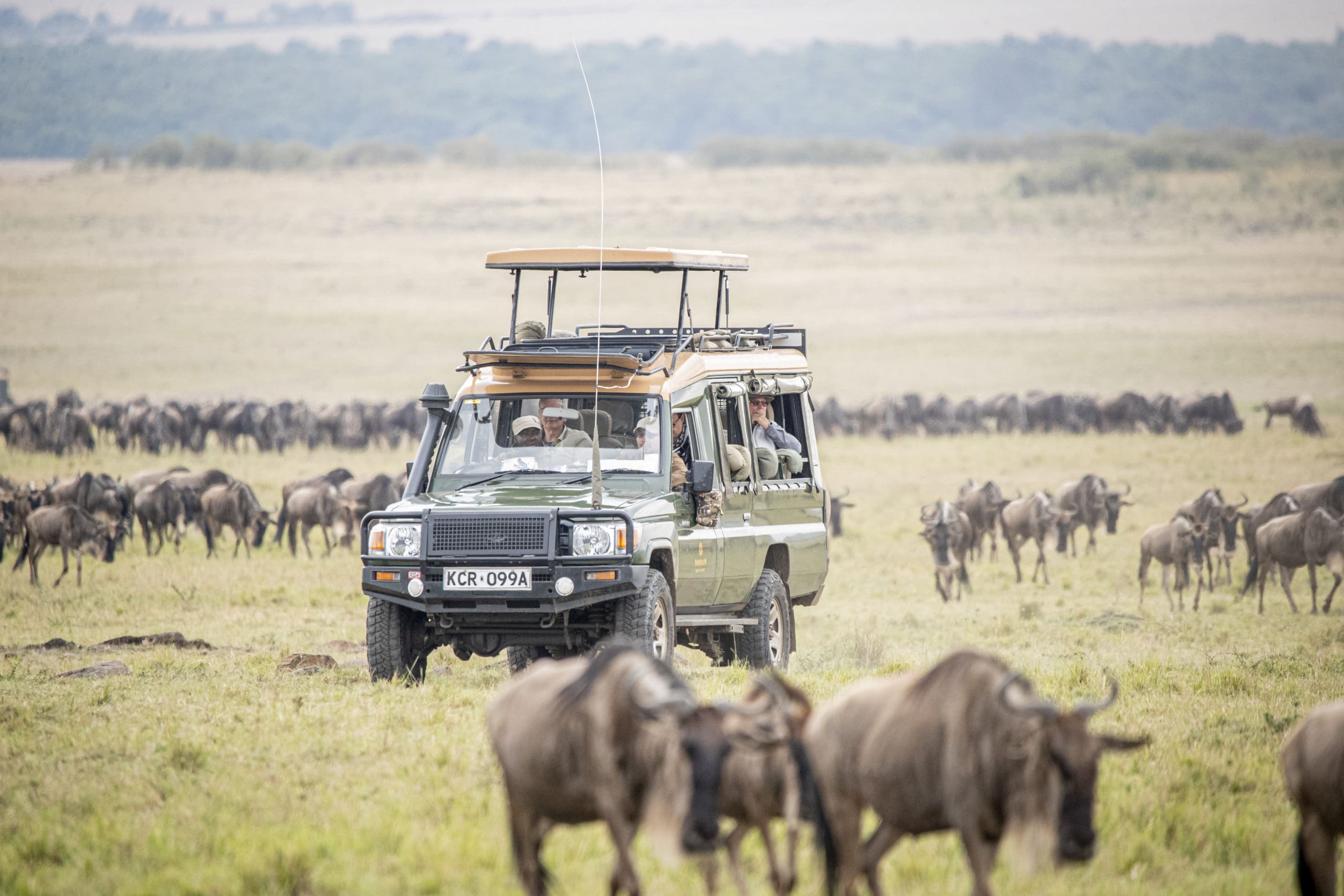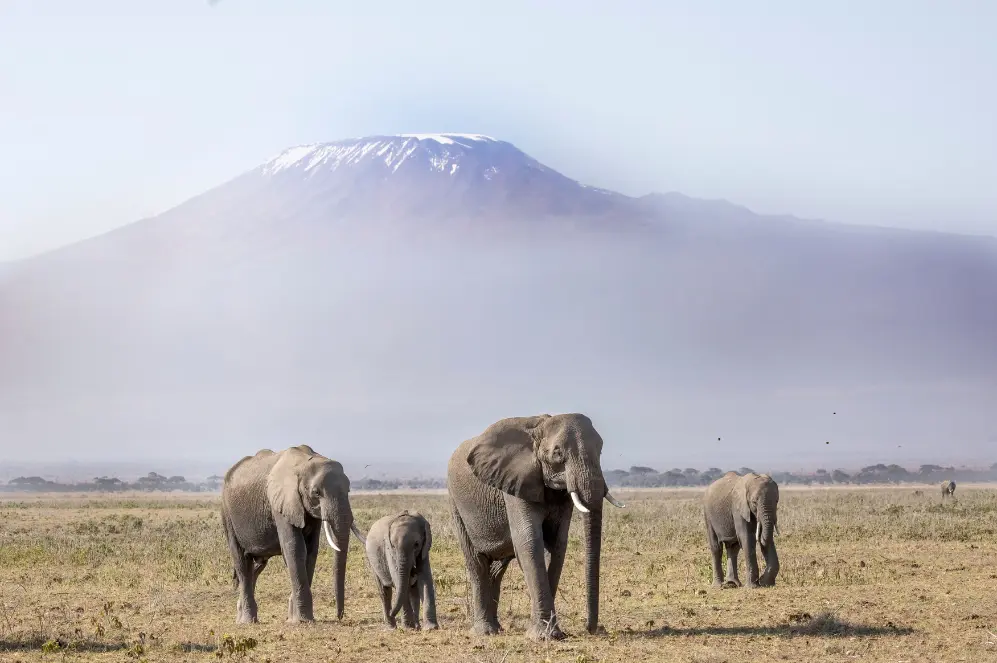Samburu
A GUIDE FOR PHOTOGRAPHERS
Like Madikwe in South Africa, Samburu National Reserve, Is one of the lesser-known of Kenya’s reserves with the Masai Mara, Tsavo and Amboseli stealing most of the limelight.
It is, however, one of our favourite places to visit and photograph especially in combination with the Masai Mara.
Its unique animal life, topography and stunning cultural photo opportunities make this one of the best-kept secrets on the wildlife photography bucket list!
Photographic Highlights
Of the Endangered Five, we would suggest that the amazing looking gerenuk or giraffe-necked gazelle. It is the oddest looking and most interesting subject to photograph, especially when teetering on its hind legs to browse higher up in the bushes.
The Grevy’s zebra is the most endangered of the five with approximately 2500-3000 left in the wild. Their stripes are thinner and more closely spaced than other zebra species and when seen lend themselves to amazing high key images converted to black and white.
One of our favourite bird species to photograph in Samburu is the Vuturing Guinea Fowl with their over the top plumage and aggressive looking beaks and eyes.
The Samburu People and possibly the most striking looking men and women in the whole of Africa. Their traditional attire is immaculately adorned with layers of beaded necklaces and headwear with multi-coloured feathers.
Unlike cultural exchanges in the Masai Mara (which have become rather contrived and commercialised) spending time with the Samburu warriors and the Samburu women is a real honour. They are, rightly, incredibly proud of their heritage and Samburu Culture and enjoy spending time with photographers getting super creative with the compositions.
Photo Safari Activities in Samburu
Game Drives
We stay at Saruni Samburu when we are in the Samburu and they open-sided Land Rovers as opposed to enclosed Land Cruisers found in the Mara.
The policy is no more than four guests per vehicle and is driven by a Samburu guide with amazing knowledge of the area
Competition is always fierce on day one with a group to see who can see and photograph the Endangered 5 first!
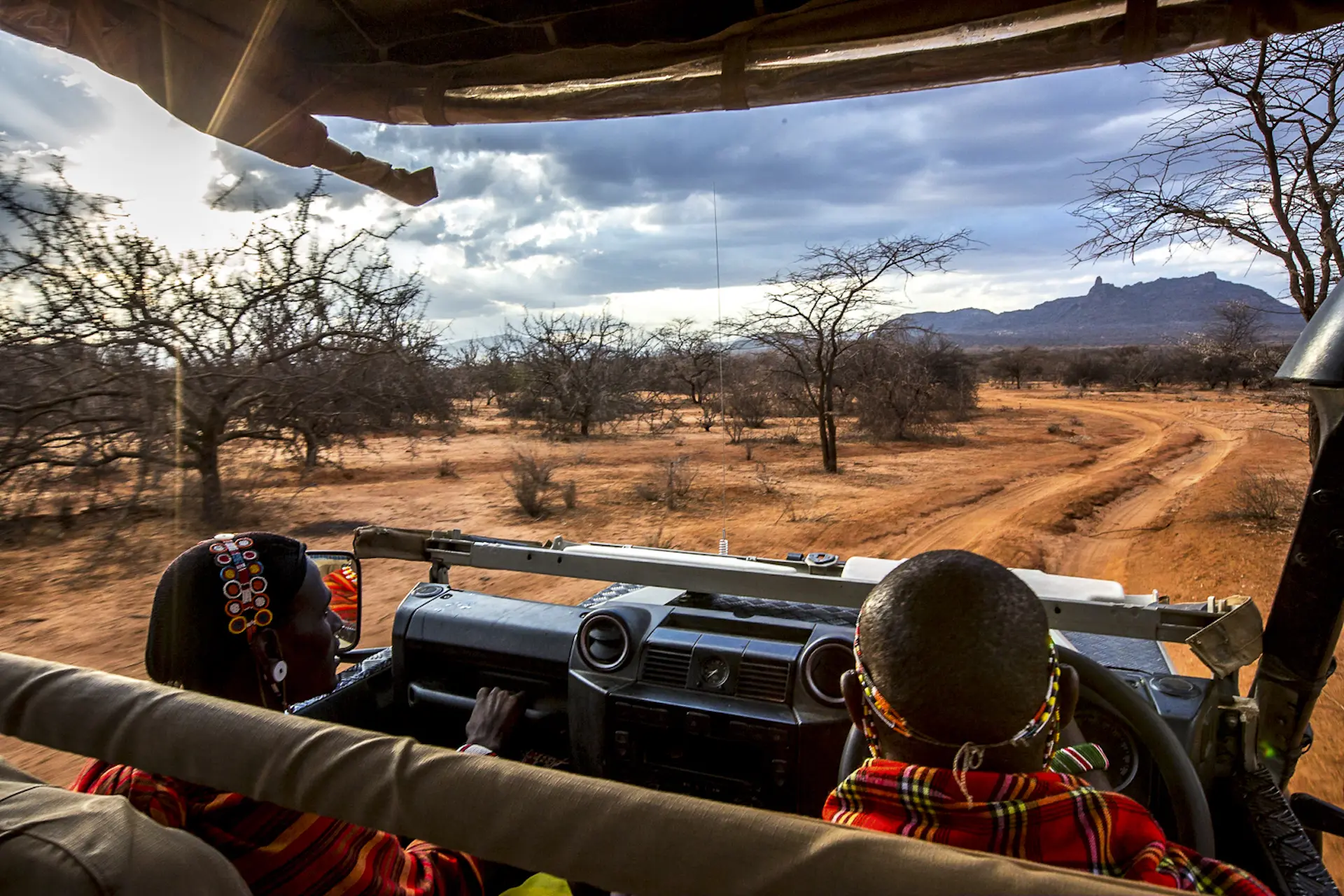
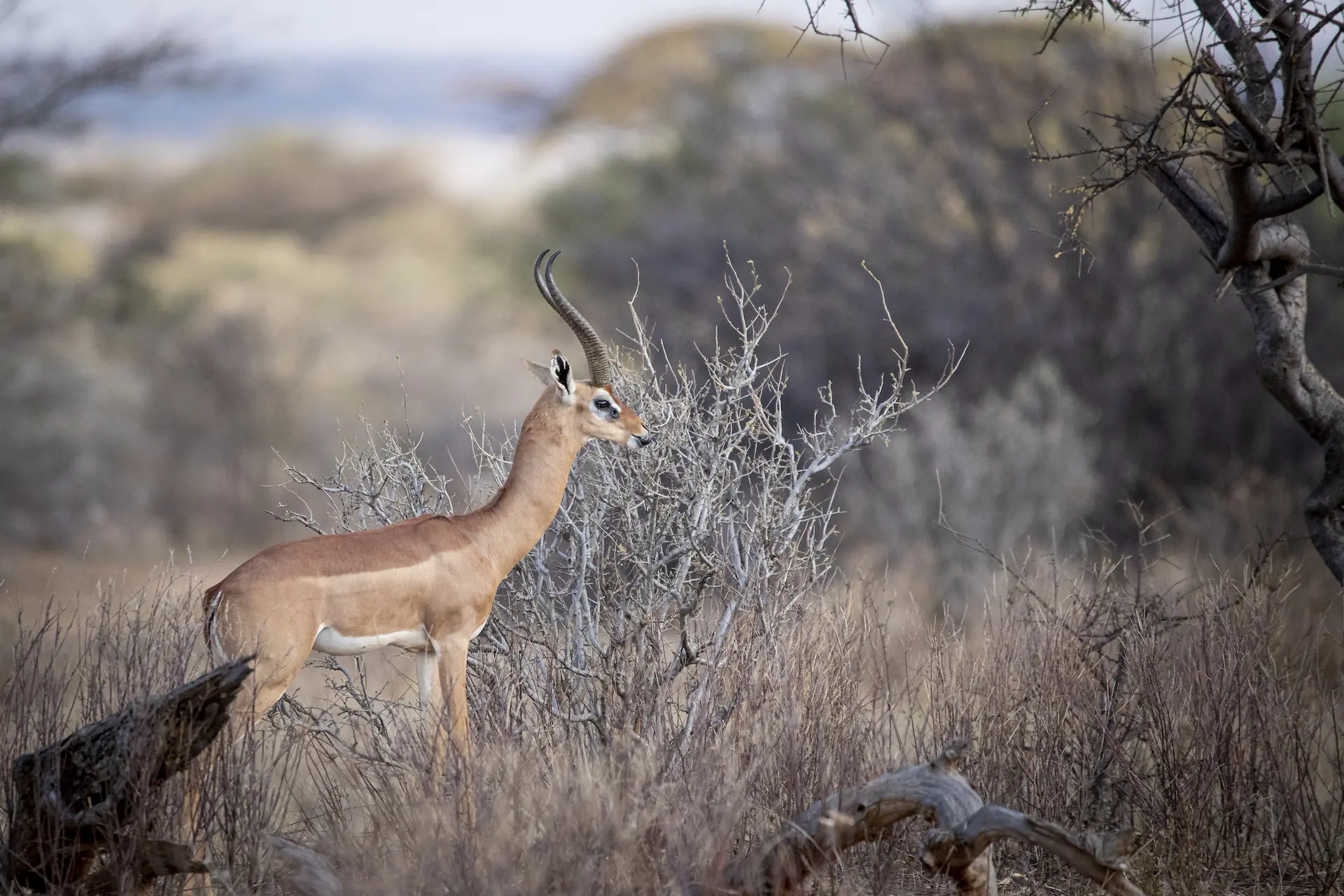
Saruni Samburu Hide
Saruni has built a waterhole hide using a shipping container on the plains below the rocky escarpment on which the lodge is situated.
We have had some excellent sightings at the hide including some visits from the territorial leopard.
Cultural Photography
As was mentioned earlier photographing the Samburu people in all their finery is a real treat and Saruni, who are huge supporters of the local villages, through various initiatives and a community share ownership scheme, arrange photography sessions with the Samburu warriors on the hillsides mostly at sunset.
Post-production time
Saruni Samburu is a stunning lodge built on a Kopjie (rocky hill) and its a great place to unwind and also get on with a bit of editing if your images. We always suggest adding Samburu to an itinerary after The Masai Mara as it is a great place to relax and take it a bit easier toward the end of a trip.
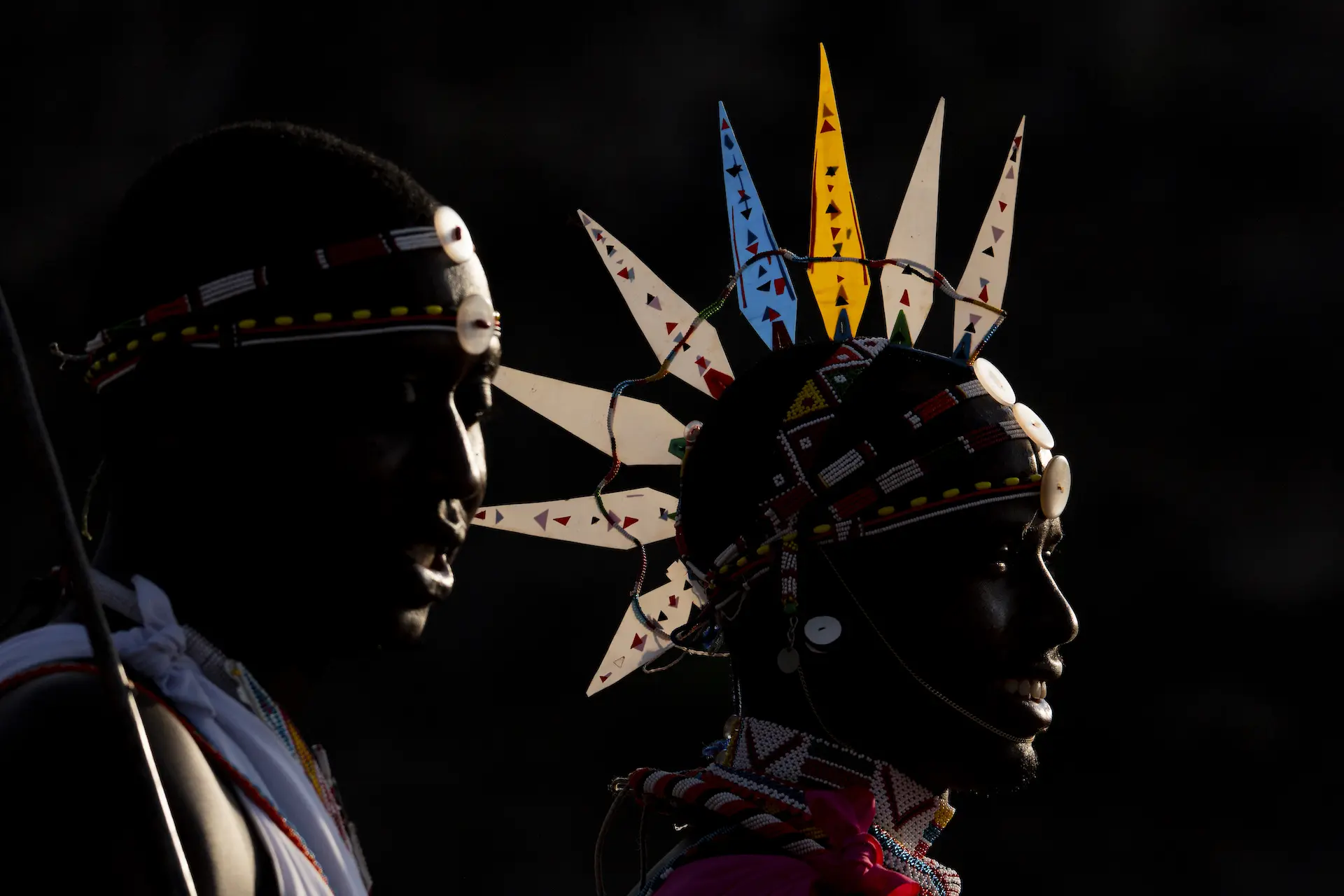
More Info
Samburu is home to the Endangered Five: Gerenuk, Reticulated Giraffe, Somali Ostrich, Beisa Oryx and Grevy’s Zebra.
All of the above are great photographic subjects and all the more special for their rarity.
There are plenty of the big cats present – Lion, Leopard and Cheetah – and was once home to one very special lioness, Kamunyak, who around the turn of the millennium adopted several oryx calves as her own fighting off all other predators to protect them.
As to vegetation, the amazing Doum palms are dotted all over the reserve. Rather than a traditional palm tree with a single trunk and head, these giant trees defy the norm and branch out into multiple trunks each with its own multi fronded head.
Samburu, in Samburu County, is not a very large reserve, being only 165 km² in size, and approximately 350kms North East of Nairobi.
The main water source of Samburu is the Ewaso Ng’iro River (meaning “brown water” and pronounced U-aa-so-Nyee-ro) along whose banks the majority of wildlife can be found.
There are two prominent mountains (Koitogor and Ololokwe) visible on the reserve which give the vista a stark contrast to the open plains of The Masai Mara. The vegetation is also harsher with more thickets of thorny bushes interspersed with acacia, riverine forests and open grasslands.
The environment feels harder than the rival reserves and thus the inhabitants are adapted and strikingly different.
Air
Flights from Wilson Airport (Nairobi) to Samburu take around 1.5 hours and it is standard practice to leave the Masi Mara and connect to a flight to Samburu on the same day as there are no direct flights.
Land
It is possible to drive from Nairobi to Wilson but its a long hot and a dusty drive and with the air charter being so easy we strongly recommend flying.
Samburu is great all year round as the animals don’t migrate like in the Mara. The year has two rainy seasons. The Long Rains in March April and May and the short rains in October and November.
Most of our clients add on Samburu to a visit to see the migration in the Masai Mara around August and September. It is important to get the Samburu add-on booked as soon as possible though as Saruni Samburu is not a very large lodge and gets filled up quickly at that time of year.
Samburu’s “secret season is between December and early February when there is a dry spell between the rainy season and the vegetation is more verdant – and the reserve quieter as it is out of season for the Migration in the Mara.

